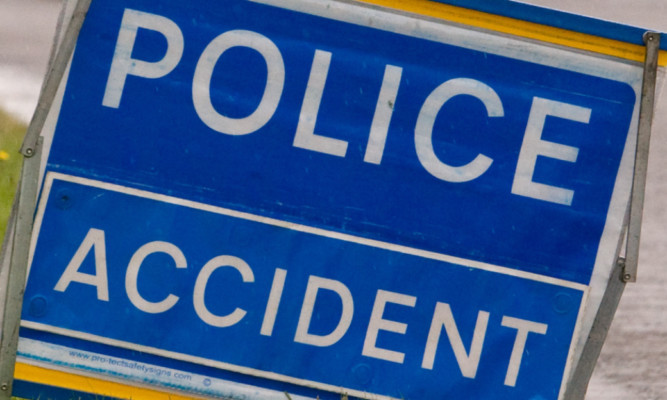A target to cut child deaths on Scotland’s roads by 50% by 2020 has been achieved six years early, a new report has revealed.
Scotland is also on track to meet “challenging” targets for cutting the overall number of fatalities and the number of youngsters who are seriously injured.
But the road safety framework annual report showed more work needs to be done to achieve the goal of cutting serious casualties by 2020.
There were 1,699 cases where people were badly hurt in 2014 – a drop of 35% from the average annual total for the period 2004 to 2008.
The target, however, is to reduce serious casualties by 55% by 2020, including the milestone of having achieved a reduction of 43% by 2015.
Child deaths in 2014 were down by 61% from the 2004-08 average, meaning the target of a 50% reduction has already been achieved.
While this fell to six in 2014, the report stressed this “remains six too many”.
The report also showed Scotland on track to meet the goals of reducing fatalities by 40% and the number of children who are seriously injured by 65% by 2020.
“Scotland has challenging casualty reduction targets,” the report said.
The reduced drink-driving limit has “achieved one of the principle aims of dissuading drivers from drink-driving,” it stated.
The introduction of average speed cameras on the A9 between Dunblane and Inverness was said to have resulted in “dramatic improvements in driver behaviour” on the road.
Changes to devolution will also give Holyrood the power to make seatbelts a legal requirement on dedicated school buses – with the Scottish Government having set the aim of having this in place by 2018 for vehicles carrying primary school pupils and by 2021 for vehicles used by secondary school students.
Transport minister Derek Mackay said: “The publication of this annual report shows we are doing the right things, at the right time, in the right place as we continue to press hard for improvements in Scotland’s road safety record.
“Preventing loss of life on our roads is a shared responsibility and Scottish ministers remain resolute in our efforts to drive down risks.”
Three priority areas are being targeted for further improvements – a reduction in accidents involving speed and motorcyclists, young drivers and older drivers, and cyclists and pedestrians.
Assistant Chief Constable Bernard Higgins said: “The annual report highlights where good progress continues to be made and the mid-term review has clearly identified three priority focus areas that will direct our collective activity towards making Scotland’s roads safer as we strive to maintain performance towards achievement of the Scottish Government’s targets for 2020.”
The Scottish Fire and Rescue Service (SFRS) also welcomed the report, with Assistant Chief Officer Robert Scott saying: “SFRS will maintain its commitment to improving road safety and further ambitions in reducing the number of people killed and injured on Scotland’s roads as expressed in Scotland’s Road Safety Framework to 2020.”
